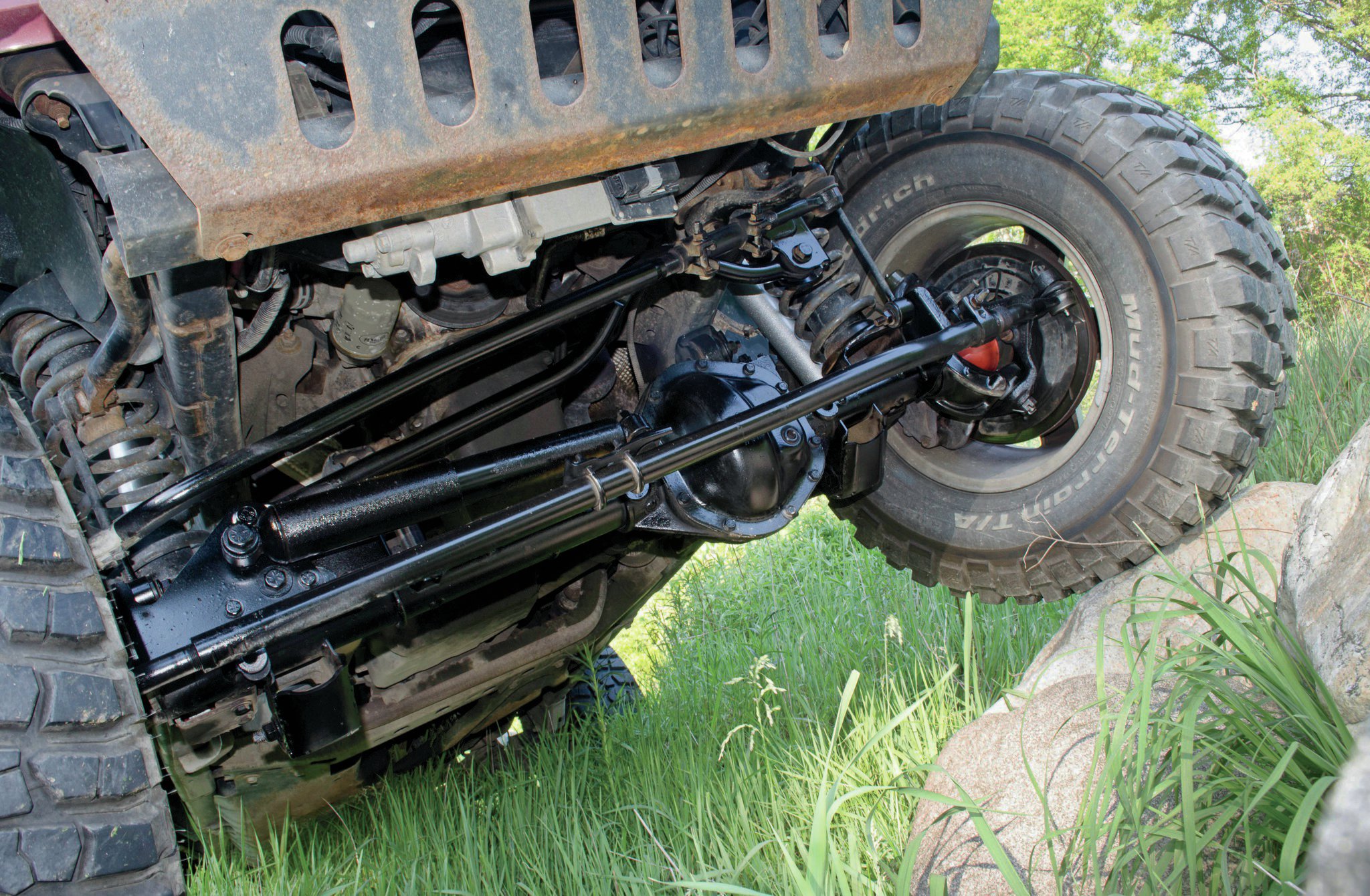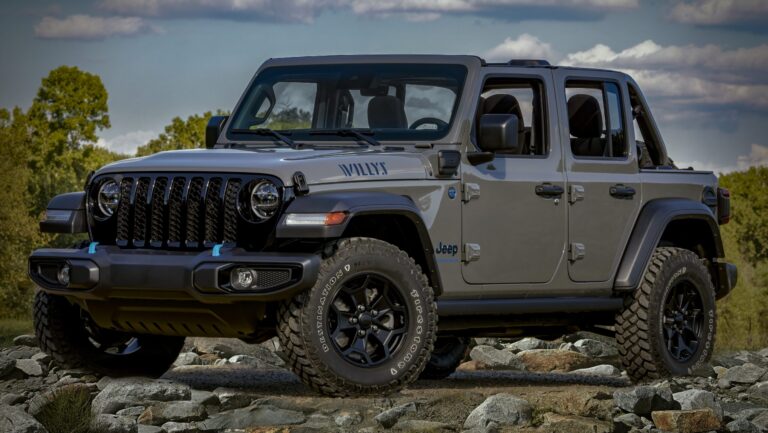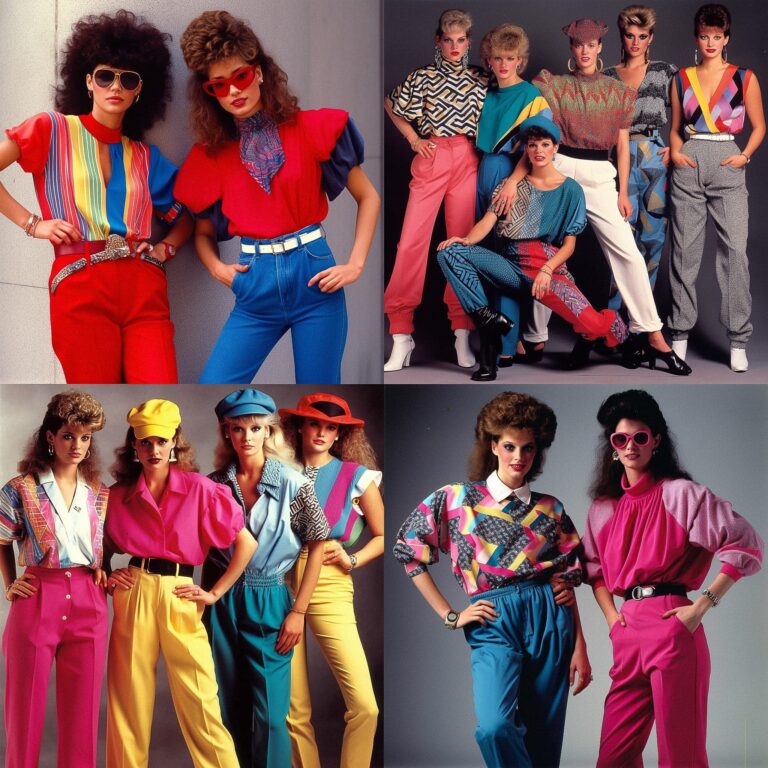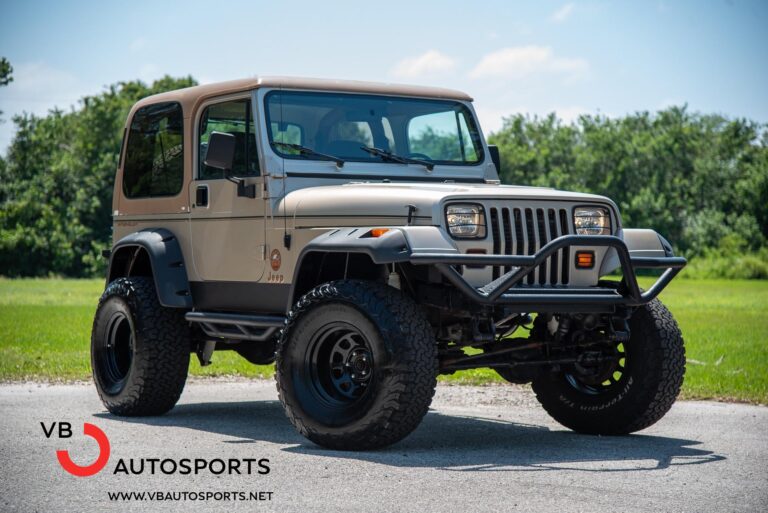Jeep JK Front Dana 44 For Sale: Your Ultimate Guide to Upgrading Your Off-Road Beast
Jeep JK Front Dana 44 For Sale: Your Ultimate Guide to Upgrading Your Off-Road Beast jeeps.truckstrend.com
For any serious Jeep Wrangler JK owner, the pursuit of ultimate off-road capability often leads to one critical component: the front axle. While the stock Dana 30 found in most Sport and Sahara models is adequate for light trails, it quickly becomes a limiting factor when tackling more aggressive terrain, running larger tires, or installing powerful lockers. This is where the Jeep JK Front Dana 44 steps in, a robust and highly sought-after upgrade that transforms your JK from a capable adventurer into an unstoppable trail conqueror.
This comprehensive guide will delve into everything you need to know about the Jeep JK Front Dana 44, from its inherent advantages and where to find one for sale, to crucial considerations before purchase and what to expect during installation. Whether you’re looking to buy a used Rubicon axle, invest in a top-tier aftermarket unit, or simply understand why this upgrade is so vital, you’ve come to the right place.
Jeep JK Front Dana 44 For Sale: Your Ultimate Guide to Upgrading Your Off-Road Beast
Understanding the Jeep JK Front Dana 44: Why It’s an Essential Upgrade
The Dana 44 axle has long been a benchmark in the off-road community for its strength and reliability. For the Jeep JK, upgrading the front axle to a Dana 44 is not just about bragging rights; it’s a fundamental enhancement for performance, durability, and peace of mind on the trail.
Dana 30 vs. Dana 44: A Critical Comparison
| Feature | Stock JK Dana 30 (Front) | Jeep JK Dana 44 (Front) | Benefits of Dana 44 |
|---|---|---|---|
| Ring Gear Dia. | 7.25 inches | 8.5 inches | Larger surface area for better torque transfer, less prone to breaking teeth. |
| Axle Tube Dia. | 2.5 inches | 2.75 – 3.25 inches | Thicker tubing (especially aftermarket) resists bending under stress. |
| Axle Shafts | 27-spline | 30-spline | Stronger shafts, larger U-joints (often 1350 series vs. 1310). |
| Carrier | Smaller, weaker | Larger, more robust | Accommodates stronger lockers, better heat dissipation. |
| Load Capacity | Lower | Higher | Handles heavier loads, larger tires, and more extreme driving conditions. |
Benefits of Upgrading to a Dana 44:
- Accommodates Larger Tires: While a Dana 30 can technically run 35-inch tires, it’s operating at its limit. A Dana 44 is much better suited for 35s, 37s, and even 40-inch tires with additional reinforcement, significantly reducing the risk of axle failure.
- Increased Reliability: The larger, stronger components of the Dana 44 are built to withstand the stresses of aggressive off-roading, preventing costly and frustrating trail breakages.
- Locker Compatibility: The Dana 44 is designed to accept a wide range of aftermarket locking differentials (selectable, automatic, limited-slip), which are crucial for maximizing traction in challenging situations.
- Improved Gearing Options: Many aftermarket Dana 44s come with or can easily be geared for optimal performance with larger tires, ensuring your engine remains in its power band.
- Peace of Mind: Knowing your front axle can handle whatever you throw at it allows you to push your JK harder and explore more challenging trails with confidence.
Key Features and Specifications of a JK Dana 44 Front Axle
When searching for a Jeep JK Front Dana 44 for sale, it’s essential to understand the typical features and specifications you’ll encounter.
- Tube Diameter and Thickness: While a factory Rubicon Dana 44 has 2.75-inch tubes, many aftermarket versions boast 3.0-inch or even 3.25-inch tubes with thicker walls (e.g., 0.375" to 0.5" wall thickness) for superior strength.
- Ring and Pinion: The Dana 44 uses an 8.5-inch ring gear, offering a significant strength advantage over the Dana 30. Gearing options range widely (e.g., 4.10, 4.56, 4.88, 5.13, 5.38) to match tire size and engine power.
- Axle Shafts: Most JK Dana 44s utilize 30-spline inner and outer axle shafts. Aftermarket axles often come with chromoly shafts as standard, which are significantly stronger than stock.
- Knuckles and Brakes: A significant advantage of the JK Dana 44 is that it typically retains compatibility with your stock JK knuckles, unit bearings, and brake components, making the swap relatively straightforward.
- Mounting Points: Both factory Rubicon and aftermarket Dana 44 axles are designed as direct bolt-in replacements for the JK, meaning all control arm mounts, track bar mounts, and coil spring/shock mounts are in the correct locations.
- Differential Type: You’ll find axles with open differentials, limited-slip differentials (LSD), or electronic lockers (like the factory Rubicon e-locker) already installed. Aftermarket axles often allow you to specify your preferred locker.
Where to Find a Jeep JK Front Dana 44 For Sale
The market for JK Dana 44 front axles is diverse, offering options for every budget and performance need.
-
New Aftermarket Axles:
- Manufacturers: Dynatrac (ProRock series), Currie Enterprises (RockJock series), TeraFlex (Tera44), G2 Axle & Gear, Artec Industries.
- Pros: Custom-built to your specifications (gearing, locker, width), significantly stronger than stock, often come with chromoly shafts and reinforced housings, brand new with warranty.
- Cons: Highest cost.
-
Used Stock Rubicon Axles:
- Source: Salvage yards, dedicated Jeep forums (e.g., JK-Forum.com, JeepGarage.org), Facebook Marketplace, Craigslist, eBay.
- Pros: Most cost-effective way to get a Dana 44, direct bolt-in, often comes with factory e-locker.
- Cons: Used condition (potential wear, leaks, bent tubes), may require rebuilding, not as strong as dedicated aftermarket units without further reinforcement (gussets, trusses). Prices vary greatly depending on condition, mileage, and included components.
-
Rebuilt/Refurbished Axles:
- Source: Specialized off-road shops, axle builders.
- Pros: Often a good balance of cost and reliability, components are inspected and replaced as needed, sometimes come with upgrades.
- Cons: Still a "used" housing, quality depends on the rebuilder.
-
Online Marketplaces & Forums:
- Dedicated Forums: Jeep-specific forums are excellent resources, as sellers are often enthusiasts who understand the product.
- Facebook Marketplace/Groups: Search local and national Jeep groups.
- eBay/Craigslist: Be cautious and always try to inspect in person.
- Tips for Buying Used: Always ask for detailed photos, inquire about mileage, any known issues, gearing, and if it comes with axle shafts, brakes, or steering components.
Important Considerations Before Buying
Purchasing a Jeep JK Front Dana 44 is a significant investment. Take your time and consider these crucial factors:
- Gearing: Ensure the gearing in the front Dana 44 matches your rear axle’s gearing. Running mismatched gears will destroy your transfer case. If you’re buying a new axle, specify the correct gear ratio for your tire size and driving style. If buying used, verify the existing gear ratio.
- Locker Type: Decide if you want an open differential, limited-slip, or a full locker. If buying a used Rubicon axle, it will likely have the factory electronic locker (e-locker). Aftermarket axles offer options like ARB Air Lockers, Eaton E-Lockers, or Detroit Lockers.
- Condition (for used axles):
- Leaks: Check for oil leaks around the differential cover, pinion seal, and inner C seals.
- Bent Tubes: Look down the axle tubes from each end to ensure they are straight.
- Bearing Play: Check for excessive play in the pinion or wheel bearings.
- Rust/Damage: Assess the overall condition of the housing, mounts, and knuckles.
- Internal Inspection: If possible, remove the differential cover to inspect the ring and pinion gears for pitting or chipped teeth.
- Axle Shafts: Does the axle come with shafts? Are they stock or upgraded chromoly? This can significantly impact the overall cost.
- Bolt Pattern: The JK uses a 5×5 (5 on 5-inch) bolt pattern. Ensure the axle you’re buying is specifically for a JK.
- Caster Correction: If you have a lifted JK, many aftermarket Dana 44s are built with improved caster angles to correct steering geometry, which is a huge benefit.
- Budget: Factor in not just the purchase price, but also shipping (if applicable), potential rebuild costs, new gearing (if needed), a locker (if not included), and installation.
- Supporting Modifications: While a D44 is strong, remember that other components like drive shafts, steering linkages, and suspension components may also need upgrading to handle the increased stresses, especially with larger tires.
Installation: What to Expect
Installing a Jeep JK Front Dana 44 is a moderately complex job that can be done by a skilled DIY mechanic or, more commonly, by a professional off-road shop.
- DIY vs. Professional:
- DIY: Requires a good set of tools (floor jack, jack stands, torque wrench, sockets, wrenches), mechanical aptitude, and potentially specialized tools for setting up gears and lockers (if purchasing an empty housing). This can save money but is time-consuming and requires precision.
- Professional: Recommended if you’re not comfortable with axle work, especially if new gears or a locker need to be set up. Ensures proper installation, gear mesh, and component longevity.
- Key Steps (simplified):
- Securely lift the Jeep and remove front tires.
- Disconnect steering, track bar, brake lines, ABS lines, driveshaft, and shock/coil spring.
- Unbolt control arms and carefully remove the old axle.
- Position the new Dana 44, connecting control arms first.
- Reconnect all components (driveshaft, steering, track bar, shocks, springs).
- Bleed the brakes and connect ABS/e-locker wiring.
- Fill the differential with appropriate gear oil.
- Perform a front-end alignment.
- Potential Challenges: Stubborn bolts, rusted components, properly setting gear backlash and pinion depth (if working with an empty housing), bleeding brakes thoroughly, and ensuring all sensors are correctly connected.
Maximizing Your Investment: Upgrades and Maintenance
Once you’ve installed your Dana 44, a few additional steps can further enhance its performance and longevity:
- Chromoly Axle Shafts: If your Dana 44 didn’t come with them, upgraded chromoly shafts are highly recommended for increased strength, especially with 37-inch tires or larger.
- Heavy-Duty Differential Cover: A thicker, reinforced diff cover (e.g., from ARB, Poison Spyder) protects the differential from impacts on rocks and adds rigidity to the housing.
- Gussets and Trusses: Even factory Rubicon Dana 44s can benefit from C-gussets (to reinforce the inner C’s) and a full axle truss (to prevent tube bending), particularly if you plan on running 37-inch tires or larger, or tackle extreme terrain.
- Regular Fluid Changes: Change your differential fluid according to your owner’s manual or more frequently if you regularly submerge your axle in water. Use the correct weight and type of gear oil.
- Periodic Inspection: Regularly check for leaks, loose bolts, or any signs of damage after challenging off-road trips.
Jeep JK Front Dana 44 For Sale: Estimated Price Guide
Please note that these prices are estimates and can vary significantly based on condition, mileage, included components (locker, shafts, brakes), gearing, brand, and market demand.
| Axle Type | Condition / Key Features | Estimated Price Range (USD) | Notes |
|---|---|---|---|
| Used Stock Rubicon Dana 44 | Good condition, complete with factory e-locker, 4.10 gears | $1,500 – $3,000 | Most common used option. Prices vary wildly. |
| Used Stock Rubicon Dana 44 | Good condition, open diff or limited slip, 3.73/3.21 gears | $1,000 – $2,000 | Less desirable without e-locker, may require re-gearing. |
| New Aftermarket Housing | Empty housing, no internals, ready for your components | $1,200 – $2,500 | Requires additional investment in gears, locker, shafts, and labor. |
| New Aftermarket Complete | Entry-level (e.g., TeraFlex Tera44), open diff, standard shafts | $3,500 – $5,000 | Good upgrade, but may still benefit from chromoly shafts. |
| New Aftermarket Complete | Premium (e.g., Dynatrac ProRock, Currie RockJock), chromoly, locker, specific gearing | $6,000 – $10,000+ | Built to order, ultimate strength and customization. |
| Rebuilt/Refurbished Axle | Professionally rebuilt used housing, new gears/bearings/seals | $2,500 – $4,500 | Offers a middle ground; inquire about warranty. |
Frequently Asked Questions (FAQ)
Q1: Can I put a Dana 44 in my Jeep JK Sport or Sahara?
A1: Yes, absolutely! The Jeep JK front Dana 44 (both factory Rubicon and aftermarket versions) is a direct bolt-in replacement for the Dana 30 found in Sport and Sahara models. All mounting points are identical.
Q2: Do I need to re-gear my Jeep if I get a Dana 44?
A2: You only need to re-gear if the gear ratio in the Dana 44 does not match the gear ratio in your rear axle, or if the current ratio isn’t optimal for your tire size. Running mismatched gears will damage your transfer case. Always verify the gearing of any axle you purchase.
Q3: What’s better, a used Rubicon Dana 44 or a new aftermarket Dana 44?
A3: It depends on your budget and intended use. A used Rubicon D44 is a cost-effective upgrade for moderate off-roading and tires up to 37 inches (with gussets/truss). A new aftermarket D44 is significantly stronger, built to specific needs, and ideal for extreme rock crawling, larger tires (37+ inches), or if you want ultimate reliability and peace of mind, but comes at a higher cost.
Q4: What tire size can a Dana 44 handle?
A4: A stock Rubicon Dana 44 can generally handle 35-inch tires without issue. With C-gussets and an axle truss, it can safely run 37-inch tires. Many aftermarket Dana 44s are designed to handle 37s to 40-inch tires, especially with chromoly shafts.
Q5: Is installation difficult? Can I do it myself?
A5: Installation is moderately difficult. While the physical swap is straightforward, properly setting up gear backlash and pinion depth (if purchasing an empty housing or changing gears) requires specialized tools and expertise. If you’re not experienced with differential work, it’s highly recommended to have a professional shop handle the installation, especially for the internal components.
Q6: Will my stock JK brakes work with a Dana 44?
A6: Yes, typically your stock JK brake calipers, rotors, and unit bearings will bolt directly onto a JK Dana 44 front axle, whether it’s a factory Rubicon unit or an aftermarket one.
Conclusion
The Jeep JK Front Dana 44 is more than just an upgrade; it’s an investment in your Jeep’s future capability and durability. Whether you’re tired of breaking components on the trail, looking to run larger tires, or simply aiming for the ultimate off-road machine, a Dana 44 front axle is a foundational modification.
By understanding the benefits, knowing where to source these axles, and carefully considering all the factors before purchase, you can make an informed decision that perfectly aligns with your off-roading aspirations and budget. With the right Dana 44 in place, your Jeep JK will be ready to tackle virtually any obstacle, opening up a world of adventure previously out of reach. Drive with confidence, knowing your front axle is built to take on the toughest trails.










